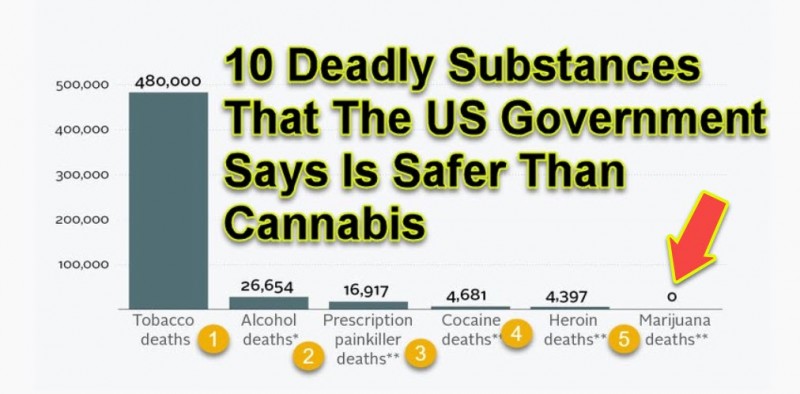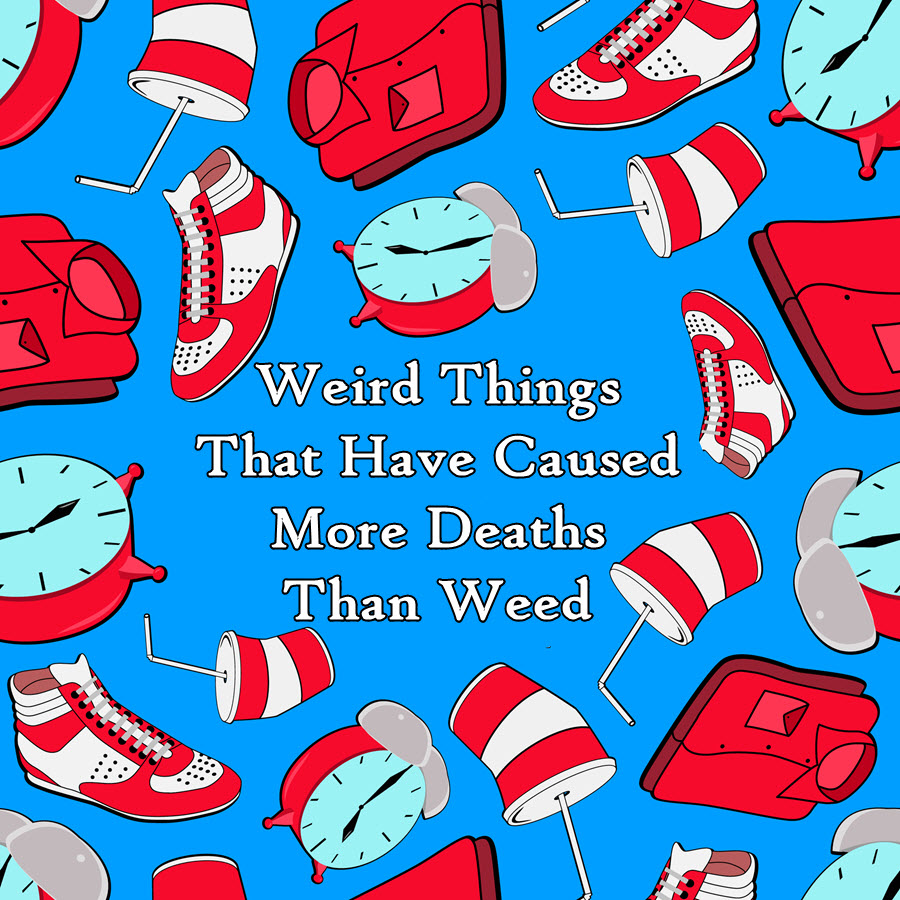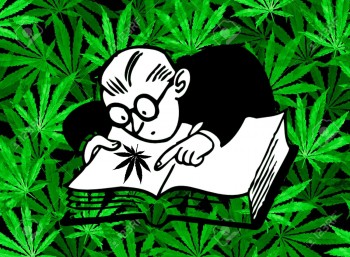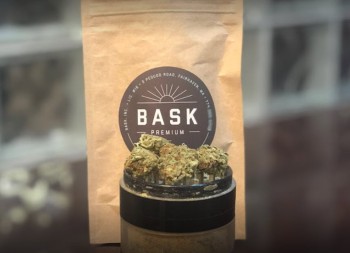10 Deadly Substances That The US Government Says Is Safer Than Cannabis
Legal Substances That are 100x More Deadly Than Cannabis from CannabisNet on Vimeo.
Before you put any substance into your body, it’s necessary to take a step back and evaluate how safe or dangerous it could be for you. Even alcohol, which seems harmless and can be easily be purchased everywhere in the country, actually has far more life-threatening risks when you compare it to cannabis, which is still considered a Schedule 1 substance by the federal government.
Despite the fact that not a single person has died from a cannabis overdose, the DEA still hasn’t rescheduled cannabis. On the other hand, these are the other substances that your government thinks is safer than cannabis:
Alcohol: No other substance or drug is so ingrained in culture these days than alcohol. It’s so easy to binge drink, drive under the influence, and buy alcohol pretty much everywhere. Most parents don’t even blink an eye when it comes to underage drinking, but are worried about their cannabis consumption.
Get the facts straight: alcohol is the 4th leading cause of preventable deaths in the United States. The danger rating for alcohol takes into consideration things such as its overall cost to the economy and society, as well as its impact on families and individuals which comes out to a score of 72/100 and is still so openly promoted which is disturbing considering the fact that the more you drink, the higher your cancer risk. Alcohol consumption has been associated with cancers of the throat, mouth, esophagus, voice box, colon, rectum, liver, and breast. Long-term alcohol consumption can cause hepatitis and cirrhosis of the liver, leading up to liver failure.
Tobacco: Just like cannabis, tobacco is a plant that is grown with the intention of being consumed through smoking, chewing, or vaping. Widely consumed in the form of cigarettes, tobacco is responsible for over 100 million deaths globally in the 20th century. If smoking continues to be as popular as it is, it is estimated that cigarette use will kill around 1 billion people by the 21st century yet tobacco is still an unscheduled drug and can be purchased by anyone of legal age in the United States.
Tobacco use, especially over a long period of time, significantly increases the risk of several diseases including cancer, chronic obstructive pulmonary disease, stroke, and ischemic heart disease. Worldwide, lung cancer has killed more people than any other preventable illness with 80% of cases attributed to smoking tobacco.
Acetaminophen: The most widely used painkiller in the United States is acetaminophen, which is the active ingredient in Tylenol. Acetaminophen is responsible for thousands of cases of liver failure, either through overdose or because users don’t follow the recommended dosage.
From 2001-2010, over 1,500 people in the United States have died from accidental acetaminophen overdoses. The recommended dose is 4 grams of Tylenol, but taking even just a little more over that in the course of a few days can result in sickness and even death. Acetaminophen is unscheduled – anyone can easily purchase Tylenol over the counter without even a need for prescription.
Caffeine: Yes, it isn’t a drug, but coffee is the world’s favorite legal stimulant – and it can kill you in high doses. From 2008-2014, caffeine overdoses have increased from 1,128 to 16,055; alarming when you consider that coffee is a household product that even kids can easily reach.
Drinking more than 4 cups of coffee has been associated with early death. Consuming coffee can also raise blood pressure, increase the risk of breast tissue cysts, gout attacks, heart attacks in young adults, incontinence, indigestion, insomnia, and many other health problems.
Benzodiazepenes: Commonly referred to as benzos, these prescription drugs of the psychoactive variety are responsible for thousands of deaths. Benzodiazepenes are a Schedule 4 substance, and some of the popular and overly abused drugs under this category include valium and Xanax. In 2013 alone, they caused 30% of prescription drug overdose fatalities, second after opioids.
The widespread availability of benzos has contributed to an abuse problem not just in the United States but in other countries as well. An overdose can occur both accidentally or intentionally, especially when taken simultaneously with other medications and alcohol. Benzos are also commonly used as date rape drugs because they effectively impair functions in the human body that will enable you to resist assault.
Cocaine: Listed as a Schedule II substance, cocaine is a highly addictive drug derived from the South American coca tree. The substance, cocaine hydrochloride, was originally isolated over 100 years ago and has been used in medicines, tonics, and even Coca-Cola. As a Schedule II substance, cocaine is illegal but it means that the drug can still be used by doctors in controlled environments. Not just that – cocaine is the second most trafficked drug in the entire world. And next to heroin, cocaine is the drug responsible for the most deaths in the United States, accounting for 5,856 deaths in 2014 alone.
The effects of cocaine are felt immediately after taking just one dose, and can take anywhere from half an hour to several hours to disappear. Cocaine is usually snorted through the nose, taking the drug on a fast-track highway to the brain. Taking small amounts of the drug makes the user feel energetic, mentally alert, and hypersensitive; it can also temporarily reduce the need for food and sleep. Short-term side effects include dilated pupils, increased blood temperature and heart rate, and constricted blood vessels. Consuming large amounts can intensify the high and may lead to erratic behavior. Some users are more sensitive to cocaine consumption than others. Regardless, the side effects of cocaine include heart disturbances, heart attacks, strokes, seizures, and even death. There have also been some cases where cocaine use led to sudden death during a user’s first experience with cocaine.
Fentanyl: Entering the pharmaceutical market sometime in the 60’s, fentanyl is an opioid used together as part of anesthesia to prevent pain during or after medical surgery. The sheer strength of fentanyl has made it notorious worldwide; with some estimating that it could be between 50 times stronger than heroin and 100 times stronger than morphine but despite this it is still a Schedule II substance. Administration of fentanyl is intravenous, or via injection into a muscle ideally by a healthcare provider. However, the word about fentanyl as an ultra-strong pain killer has made it spread from the hospital to streets and first-timers are the most susceptible to an overdose.
Fentanyl is so deadly that it’s changed how police do their jobs. Breathing even a tiny amount of the drug is enough to send a grown man to the emergency room. This is why people including forensic lab technicians, police, and funeral directors take so much caution now with the fentanyl abuse problem when it comes to working on their cases. Common side effects of fentanyl include convulsions, blurred vision, confusion, black stools, difficulty breathing, fainting, coughing, lightheadedness, irregular heartbeat, and more.
Methamphetamine: Also known as meth, ice, or crystal, methamphetamins are extremely addictive stimulant drugs made from amphetamine. This drug can be injected, eaten, smoked, and snorted; resulting in strong euphoric sensations that reduce the appetite. Methamphetamine is listed as a Schedule II drug, which means that doctors can prescribe it for temporary weight loss management or ADHD.
Meth can also be bought off the street, and its accessibility is alarming. It can be bought from the black market in crystal form, after which it’s crushed into powder; but meth is also available in powder or pill form. No matter which way you take it, it can lead to addiction and its effects on the human body last forever. Irreversible body changes include increased blood pressure and heart rate, damaged blood vessels in the brain, cardiovascular collapse and death, as well as liver and kidney damage. Brain damage is also common among chronic meth users.
Morphine: One of the oldest and most widely used opioids in the United States, morphine is listed as a Schedule II substance and is responsible for thousands of deaths each year. Morphine is a type of opioid pain medicine that is used to treat moderate to severe pain by taking it orally or through epidural and injectable form. Morphine is another pharmaceutical drug that has made its way from the hospital to the streets.
Overdoing on morphine can result in extreme drowsiness, decreased responsiveness, swelling of fingers, face, or lower legs; muscle stiffness, no muscle tone, lower back pain, weight gain. High doses of morphine increases the risk for serious side effects including seizures, breathing problems, cardiovascular problems, and low blood pressure. It is possible to overdose on morphine without even realizing it. In fact, morphine is #4 out of 10 drugs that have contributed to deaths from overdoses from 2010-2014 in the United States.
Oxycodone: Oxycodone is an opioid that is used to treat moderate to severe pain, and was approved by the Food and Drug Administration in 1976. The most popular form of oxycodone is OxyContin, which are time-release tablets that work up to 12 hours. Since oxycodone and other similar forms of prescription opiates have been used liberally in the 1990’s, it has been responsible for over 100,000 deaths in the United States but it remains a Schedule II substance.
Oxycodone is commonly abused because it provides a narcotic high. Its side effects include drowsiness, vomiting, loss of appetite, nausea, and mood changes. Serious side effects include seizures, swelling in the face, irregular heartbeat, lightheadedness, and difficulty breathing.
It’s 2017 already, and your government is still trying to kill you by prohibiting cannabis and making these killers accessible.
OTHER STORIES YOU MAY ENJOY...
WEIRD THINGS THAT ARE DEADLIER THAN MARIJUANA, CLICK HERE.
OR...
CANNABIS SHOULD BE LEGAL IF BOOZE IS LEGAL, READ THIS..








